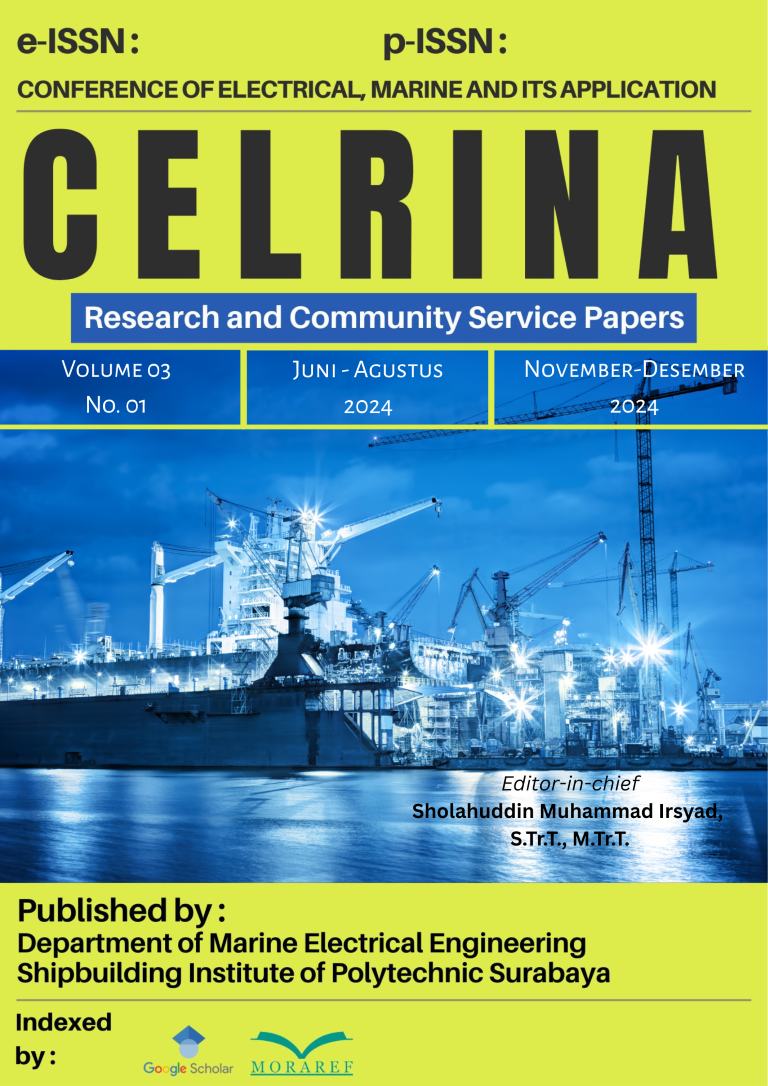DC Motor VD-49.15-K1-B00 Using Linear Quadratic Regulator (LQR) and Linear Quadratic Tracking (LQT)
Keywords:
control, LQR, LQT, DC Motor VD-49.15-K1-B00Abstract
The results of this research show that the problem of optimal control is currently attracting increasing attention, especially due to the increasing demand for high-performance systems. The concept of control system optimization influences the selection of performance indicators and techniques used to create an optimal control system. To achieve an ideal control system, rules are needed that allow decisions to be made regarding control with the aim of minimizing deviations from ideal behavior. The Linear Quadratic Regulation (LQR) method is one of the optimal control approaches for state space-based systems. The LQR controller has two parameters, namely the weight matrices Q and R, which must be determined for optimal control according to expectations, as in the case of a quadcopter or four-wing drone.
Linear Quadratic Tracking (LQT) is a control system in which the output is set to follow a predetermined path through the input. In this example, we carry out a simulation using Simulink MATLAB with an LQT circuit that can be implemented in the MATLAB application. During the course "System Optimization," the author discusses the application of methods for manufacturing DC motors with LQR and LQT settings using data sheets. The data sheet was imported into a MATLAB script and then simulated using MATLAB Simulink software to see the results step by step. The DC motor used in this research is type VD-49.15-K1-B00 which is equipped with values for moment of inertia, motor constant, damping coefficient, resistance and inductance.




